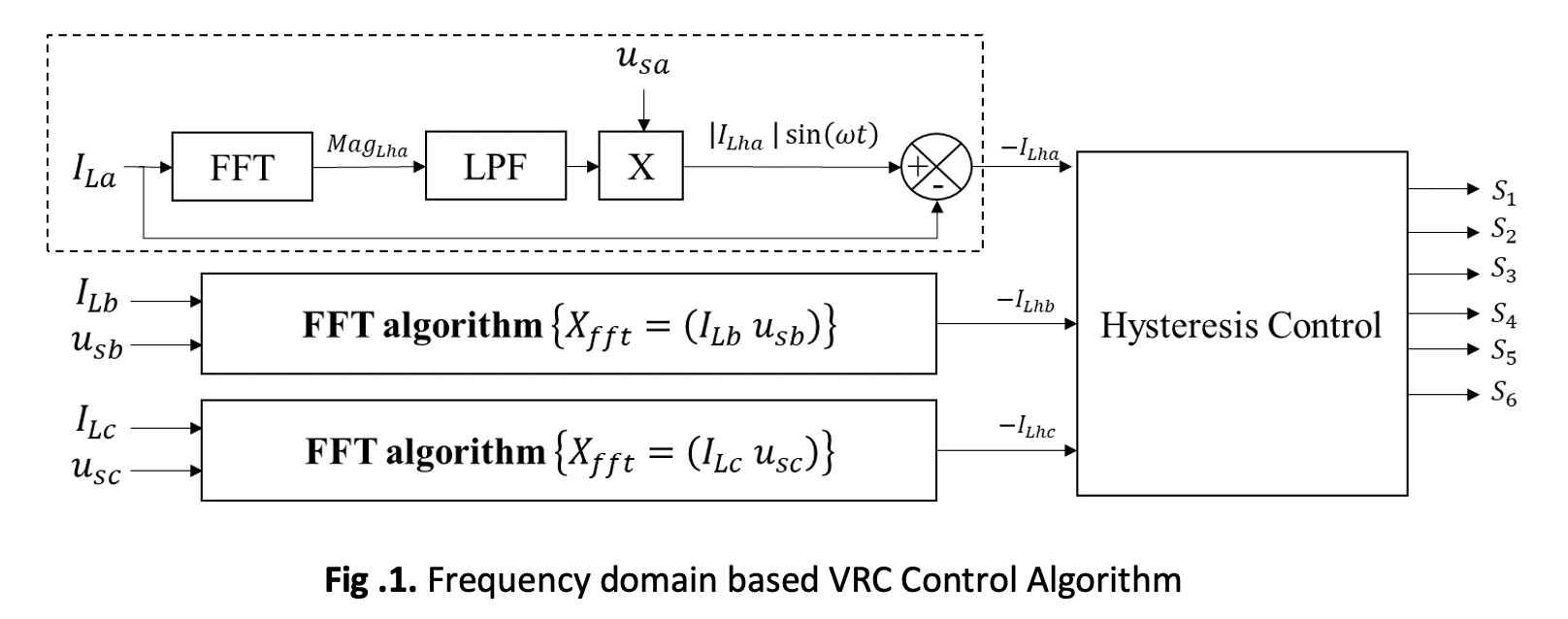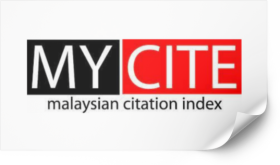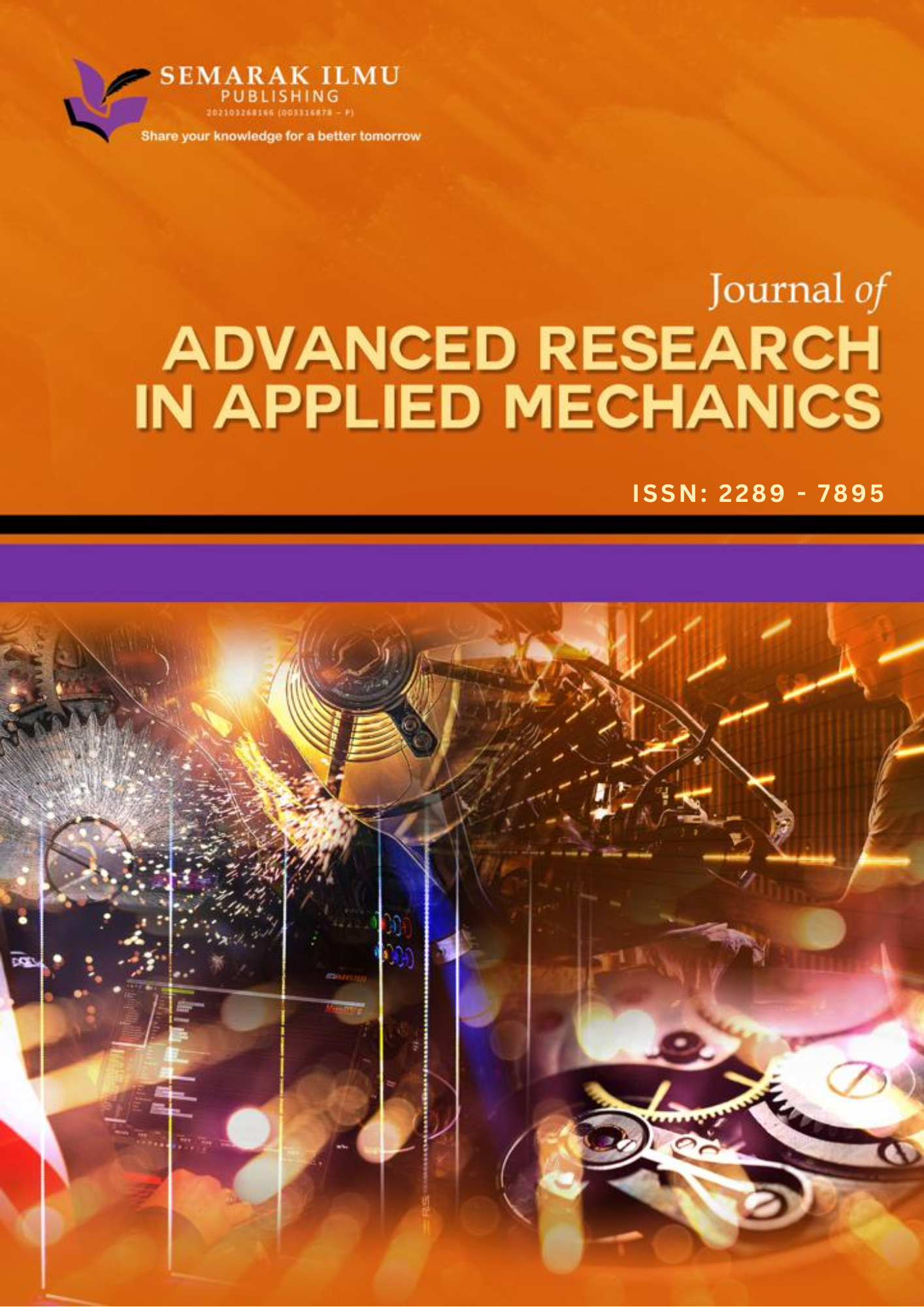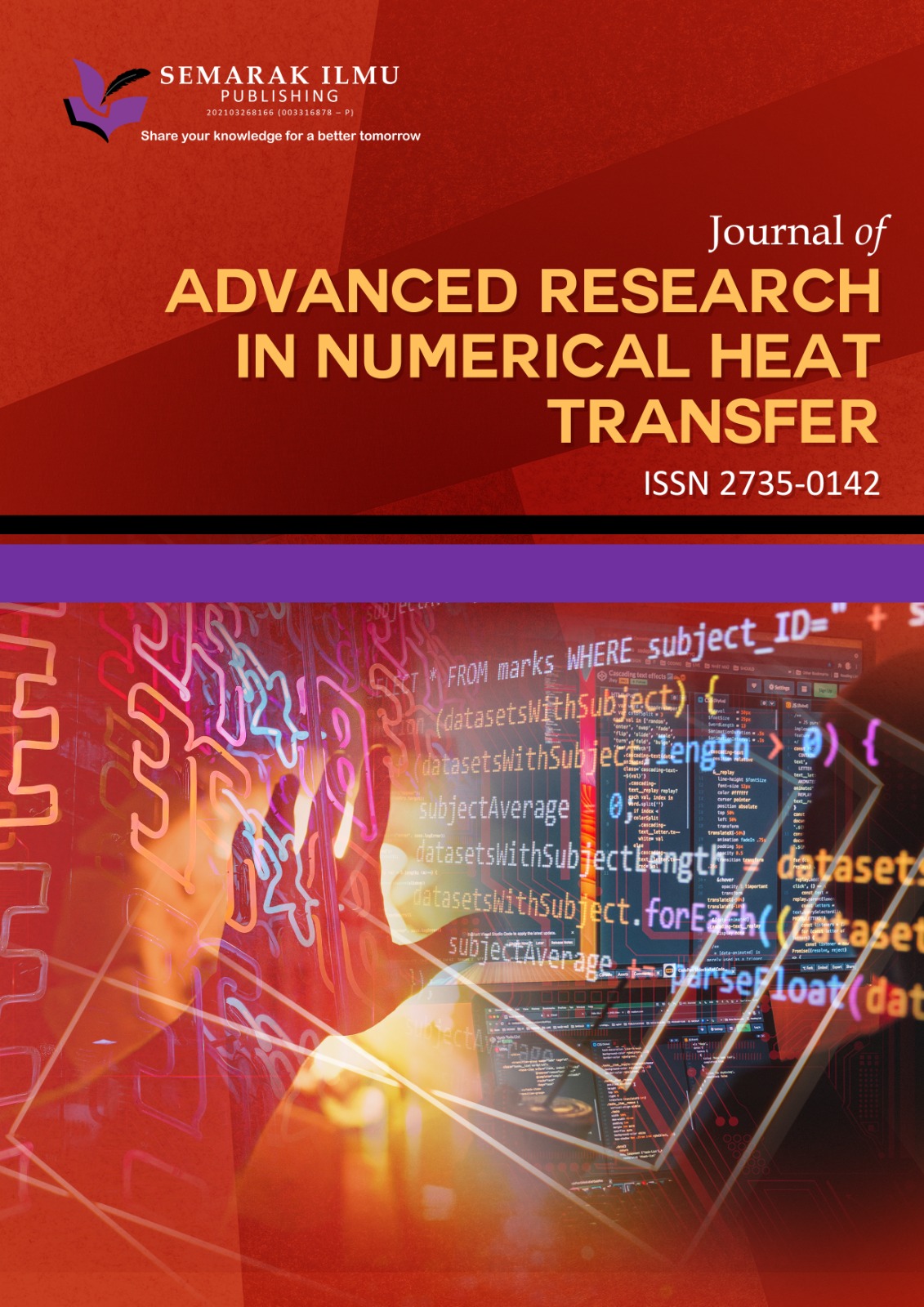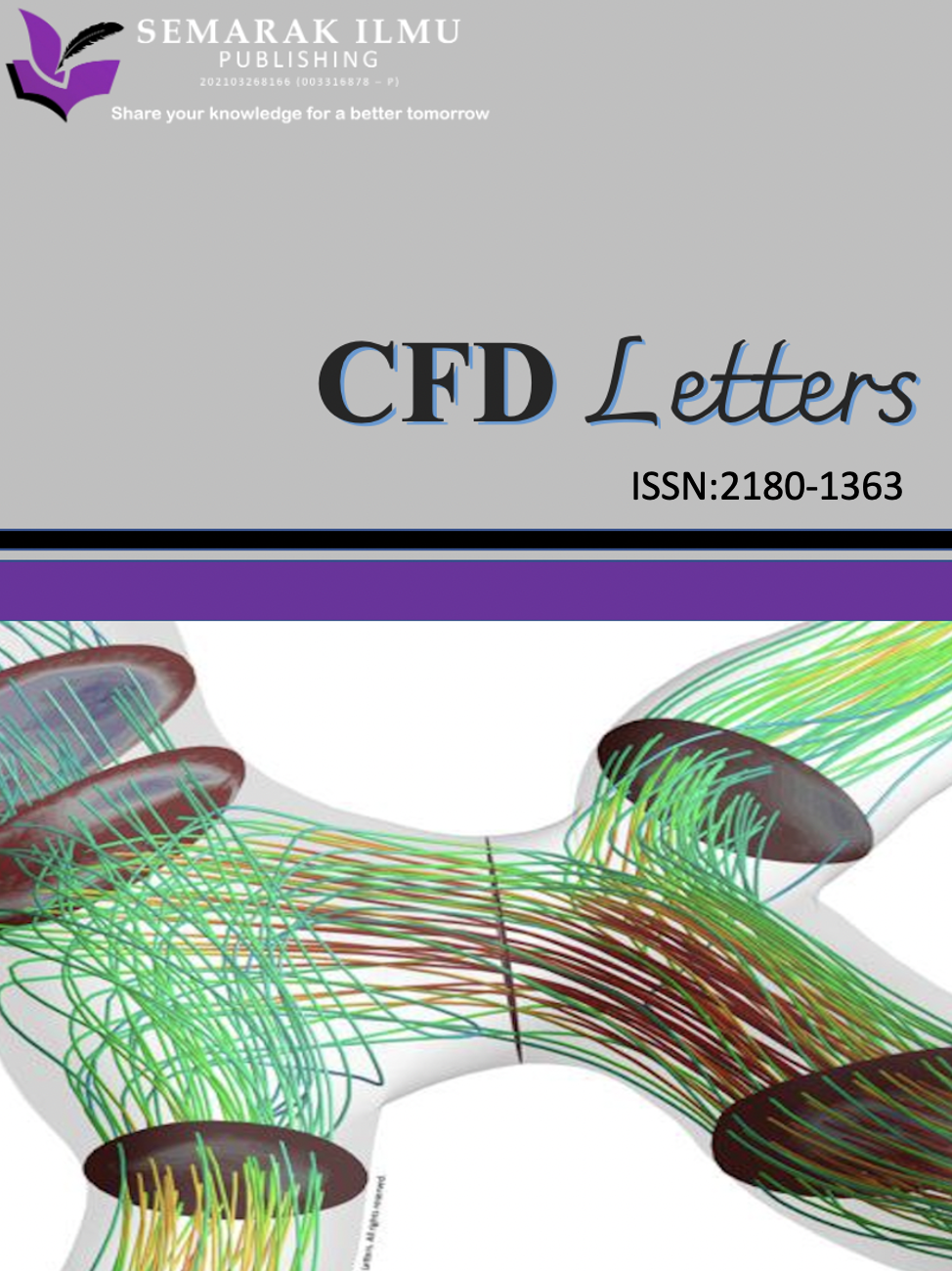Design and Control of Integrated Distribution Static Synchronous Compensator with Grid-Connected Solar Photovoltaic System using FFT
Keywords:
DSTATCOM, FFT, Power quality, HarmonicAbstract
This paper presents a Fast Fourier Transform (FFT) based Voltage Reference Configuration (VRC) control algorithm for the three phase Distribution Static Compensator (DSTATCOM) into grid-connected solar photovoltaic system for power quality improvement under nonlinear load and unbalanced load in distribution system It aims to address power quality issues characterized by voltage, current, or frequency deviations, which can lead to equipment failures.Conventional power grids typically deliver clean sinusoidal waveforms for reliable operation. However, the introduction of nonlinear loads introduces harmonic distortions, which can lead to problems such as transformer overheating and grid malfunctions. The proposed approach employs FFT to isolate harmonic components from the load current. These components are then utilized by a hysteresis current controller to regulate the Voltage Source Inverter (VSI). The study extensively models and simulates the system's performance under various conditions, including nonlinear and unbalanced loads, fluctuating solar irradiance levels, and dual-mode operation of the Grid-Connected Solar System based DSTATCOM (GCPV based DSTATCOM). Simulink is used in the MATLAB environment to carry out these simulations. The findings show that the suggested control method successfully complies with IEEE-519 by reducing harmonic distortion and keeping the Total Harmonic Distortion (THD) value below the permitted 5% limit. This achievement signifies a significant advancement in ensuring robust power quality in grid-connected solar photovoltaic systems.
Downloads
